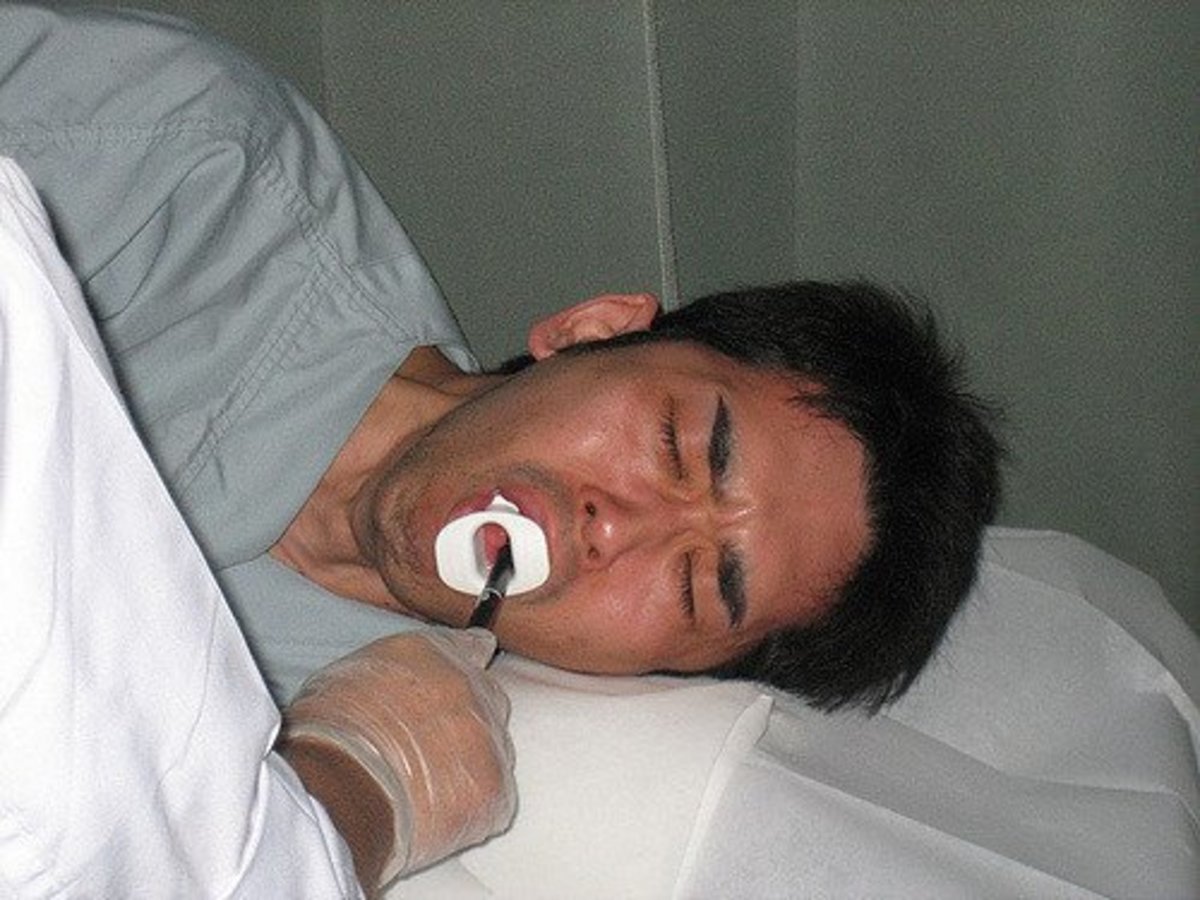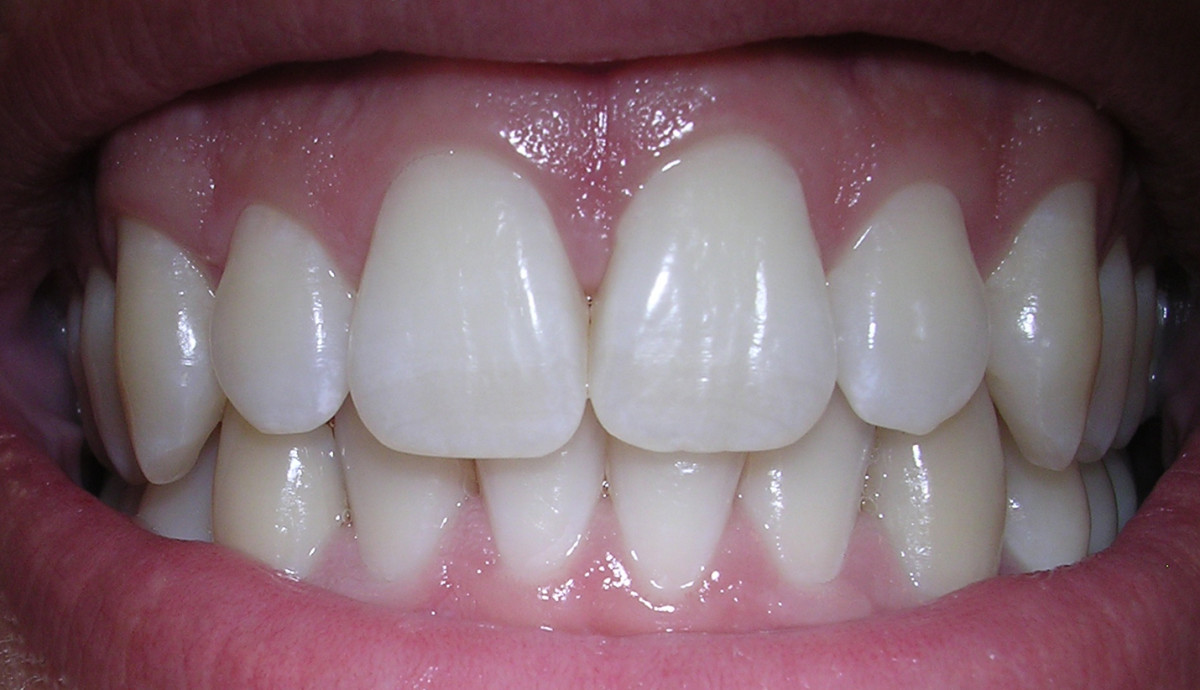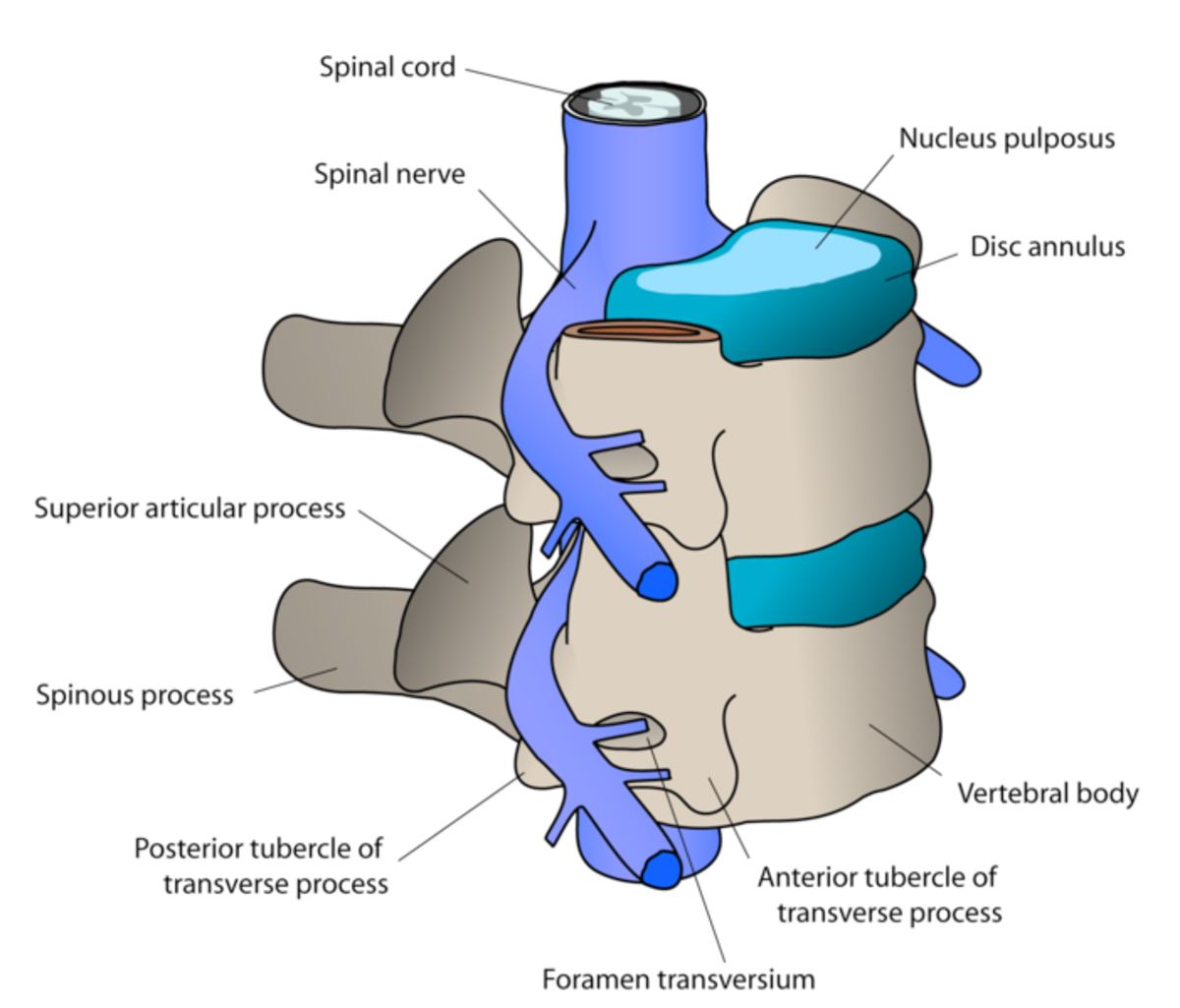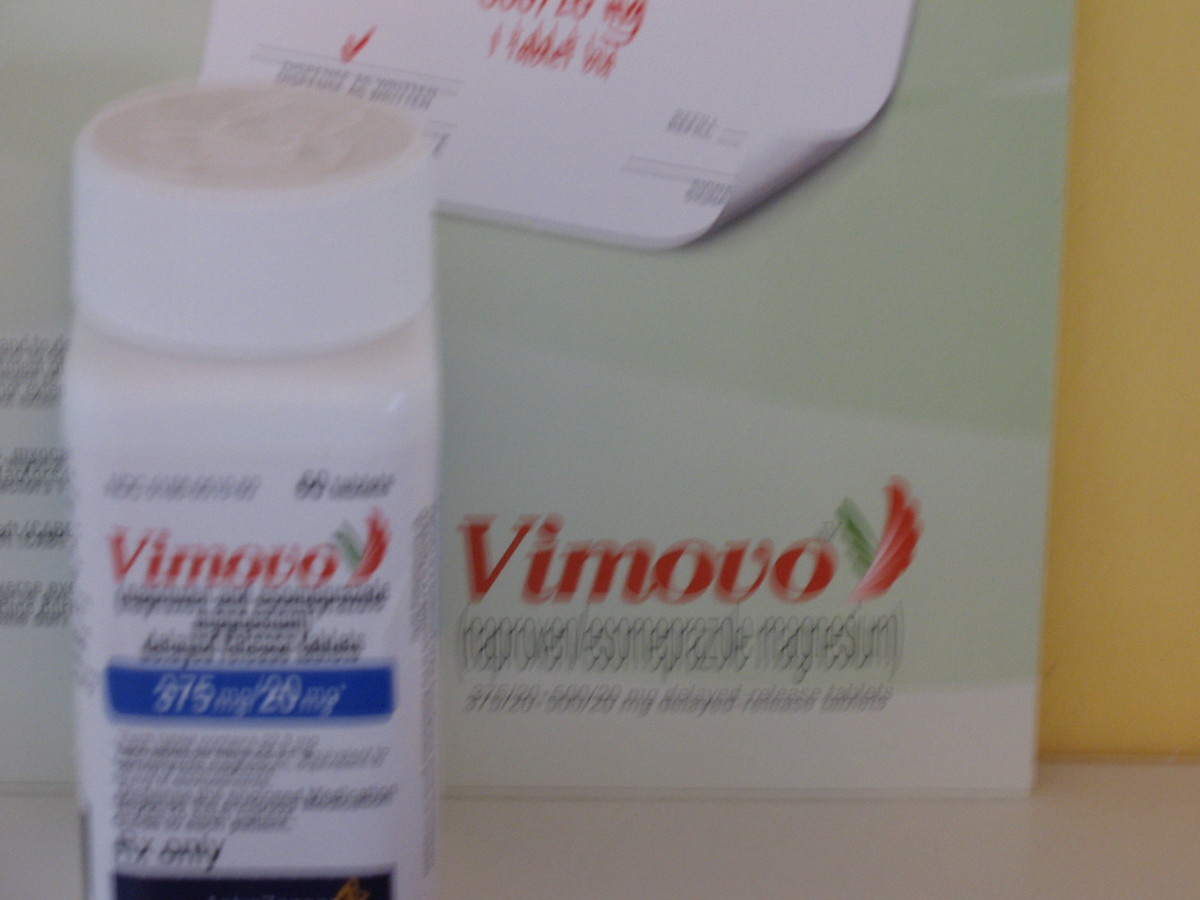Capsule endoscopy
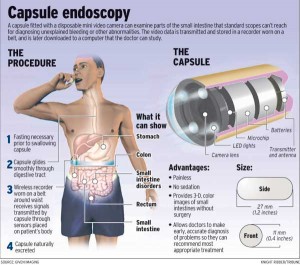
Endoscopy means looking inside the body for medical reasons using an endoscope, which is an instrument used to examine the interior of a hollow organ or the cavity of the body. Endoscopes are directly inserted into the organ to examine its interior.
Capsule endoscopy –
It is a type of endoscopy that uses a swallowed video capsule to take photographs of the inside of the esophagus, stomach, and small intestine.
Bowel preparation –
Before performing the procedure of capsule endoscopy, a bowel preparation is needed for the patient. Day before capsule endoscopy, the person may have a regular breakfast and lunch. After lunch, the person will have to start a clear liquid diet. A clear liquid diet of fruits or vegetable juices or shakes that replace all the meals are to be taken three or four times a day. There are also some other types of liquid diets that are prescribed for bowel preparation. The liquid diet has to be taken until 10.00 pm the night before the capsule endoscopy procedure. Nothing is to be eaten or drunk after 10.00 pm. Laxatives or enemas are also given prior to the procedure. These instructions should be followed exactly as prescribed so that the lining of the intestines are visualized satisfactorily.
One may take the necessary medications with a sip of water the morning of your capsule endoscopy at least 2 hours before the scheduled appointment time.
One has to abstain from smoking 24 hours prior to undergoing the capsule endoscopy.
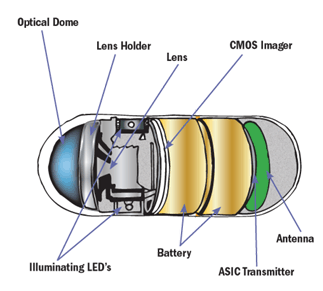
Procedure –
A large capsule is swallowed by the patient, which contains one or two video chips (cameras), a light bulb, a battery and a radio transmitter. The capsule travels through the esophagus, stomach and small intestine. As it passes through them, it rapidly takes photographs, which are transmitted by the radio transmitter to a small receiver that is attached to the waist of the patient undergoing capsule endoscopy. The procedure approximately takes 8 hours. Following the capsule ingestion, unless the physician instructs otherwise, the patient will be able to drink clear liquids after two (2) hours and eat a light meal after four (4) hours. The patient will have to avoid vigorous physical activity, such as running or jumping, during the study.
At the end of the procedure, the photographs are downloaded from the receiver into the computer. Then the images are reviewed by the physician. The capsule is passed by the patient into the toilet almost always without pain or discomfort and flushed away. There is no need to retrieve it.
Indications – Capsule endoscopy is indicated for visualization of small bowel mucosa. It can be used in adults and children from two years of age. It may be used -
- in the visualization and monitoring of lesions that may indicate Crohn’s disease not detected by upper and lower endoscopy
- in the visualization of lesions that may be a source of obscure bleeding (either overt or occult) not detected by upper and lower endoscopy
- in the visualization of lesions that may be potential causes of iron deficiency anemia not detected by upper and lower endoscopy
Contraindications – It is contraindicated in persons having the following conditions –
- persons with known or suspected gastro-intestinal obstructions, strictures, or fistulas based on the clinical picture or pre-procedure testing and profile
- persons with cardiac pacemakers or other implanted electro medical devices
- persons with swallowing disorders
Procedure risks –
Capsule retention has been reported in approximately less than two percent of cases of small bowel endoscopy. Capsule retention is defined when the capsule remains in the digestive tract for more than two weeks. Another rare risk is aspiration of the capsule while attempting to swallow it.
Limitations –
Capsule endoscopy is limited by being imprecise in the locations and size of lesions. In one study, the rate of missed lesions ranged from 0.5% for ulcerative colitis to 5.9% for vascular lesions and 18.9% for neoplasm. Moreover, there is no easy way to evaluate false positive findings. The technical problems related to the battery and failures of image downloading have been reported with an overall failure rate of 9%.

